Well, after more than 2 years enjoying and achieving great results with my beloved Ricoh GR (read about my love story HERE), the last november I had the opportunity to fulfill my photographic dream: buying a Leica M.
And I was lucky enough to buy a digital one, so i don’t have to care about how much I shoot.
To be meticolous, i should also add that it is a Leica M-E, which is known as a “different-but-the-same” version of the glorious Leica M9.
I paired it with a very nice lens, a Voigtlander Color-Skopar 35mm 2.5, and started shooting around.
Did i like it? Will it replace my GR?
Keep reading if you want to know more.
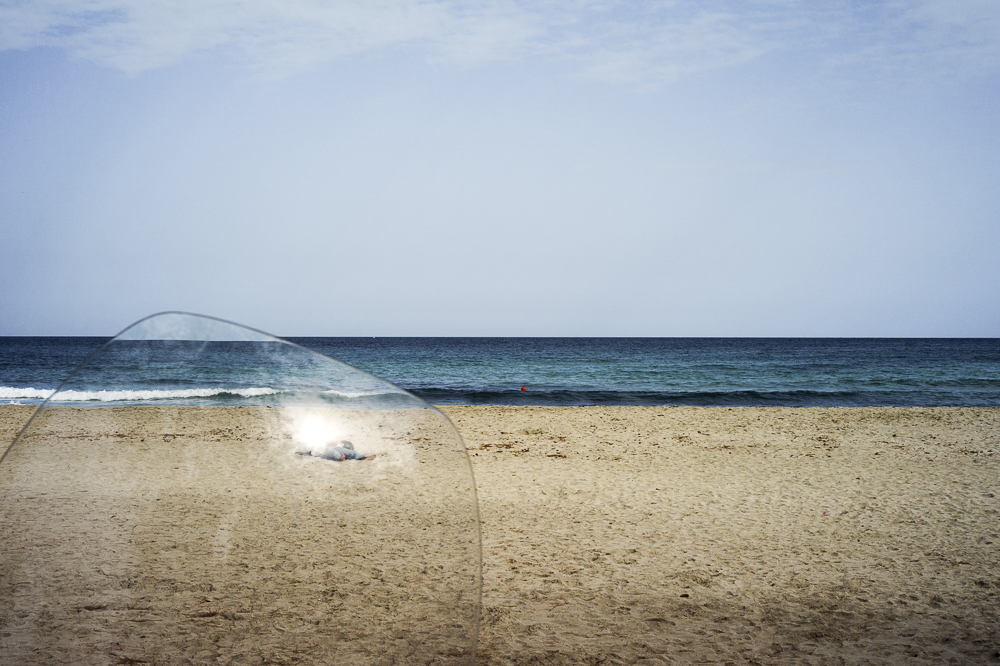
WHY A LEICA M?
To be honest, i don’t think there is any rational fact to justify a 3000€ camera that is a made from a 2009 project. What i can say about my own experience, it’s just that i probably “fell in love with the idea of shooting Leica”. A lot of the masters from the past made their masterpieces with Leica, and the brand itself is something legendary among street photographers. There is a lot of hype about it, but i’m not sure it corresponds to what a street photographer needs in real life. I fell in love thanks to a Leica M5 that i tried some years ago in Ballarò Market in Palermo. I put the eye on the viewfinder, and i was amazed by the incredible experience of seeing the whole scene out there, all in focus, and with space outside the frame (check the full story HERE). Since that day, i badly wanted a M, but thanks god, i bought a GR instead of a M6 after my graduation in 2014. Time-Jumping to this November, i had some money to spend, and finally bought a M-E.
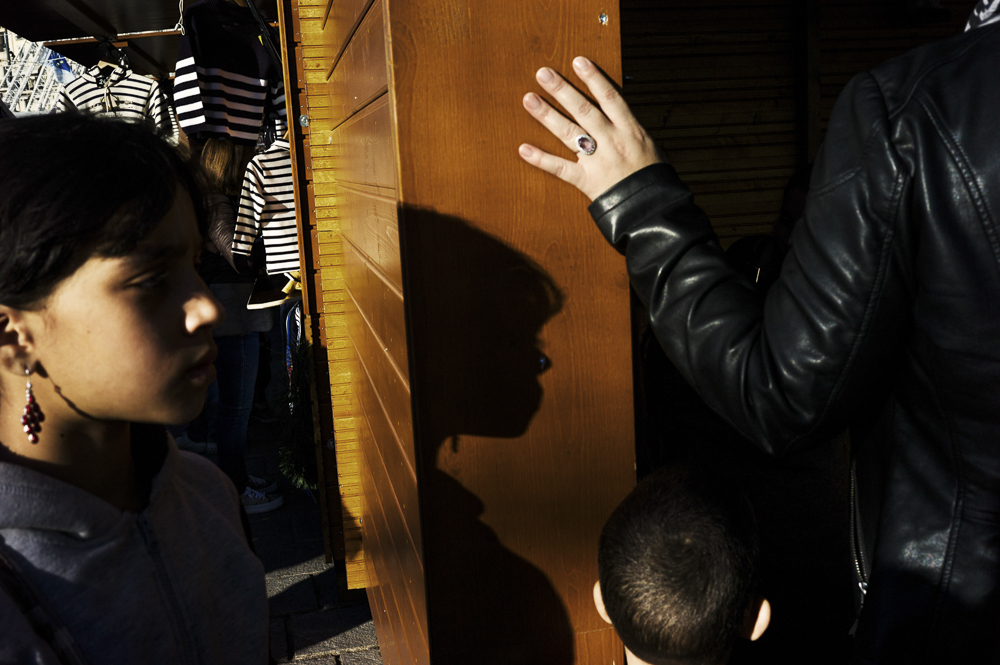
ABOUT LEICA M-E
Leica M-E, also known as Typ 220, was released in 2012 as an “entry-level” Leica rangefinder. It is basically a Leica M9, with the same glorious CCD 18 megapixels sensor, dressed in a sort of anthracite grey, without the useless USB port and the frameline preselector lever. It is also said that it has a quieter shutter mechanism than M9 – but i don’t own a M9 so i can’t compare. It weighs about 600 gr without lens, and it has a very big and clear optical viewfinder with a 0.68x magnification. It has a very crappy LCD screen that i think was bad even for 2009 standards. It is not helpful at all, and I only use it to change the iso and to check the esposition on the histogram.
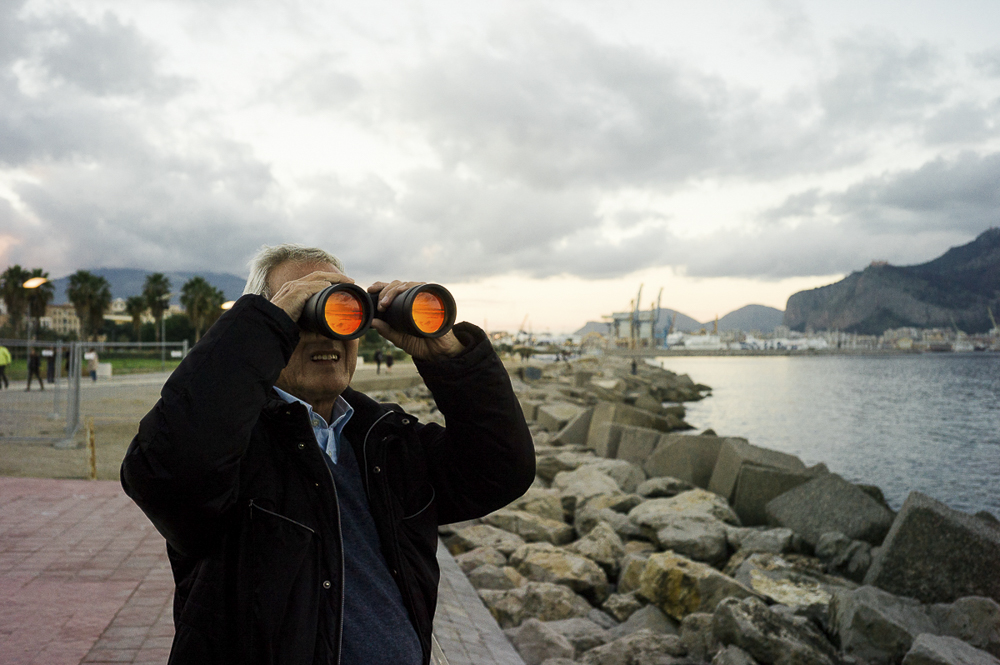
SHOOTING EXPERIENCE
Let’s talk about what most people are talking about: the Leica rangefinder “legendary” shooting experience. I’m gonna be totally honest about it, but remember that this is my personal experience and yours may differ a lot. I’m a very “practical” boy, and to me what matters most is the pictures you can be proud of when you come back home at the end of your day.
So let’s start.
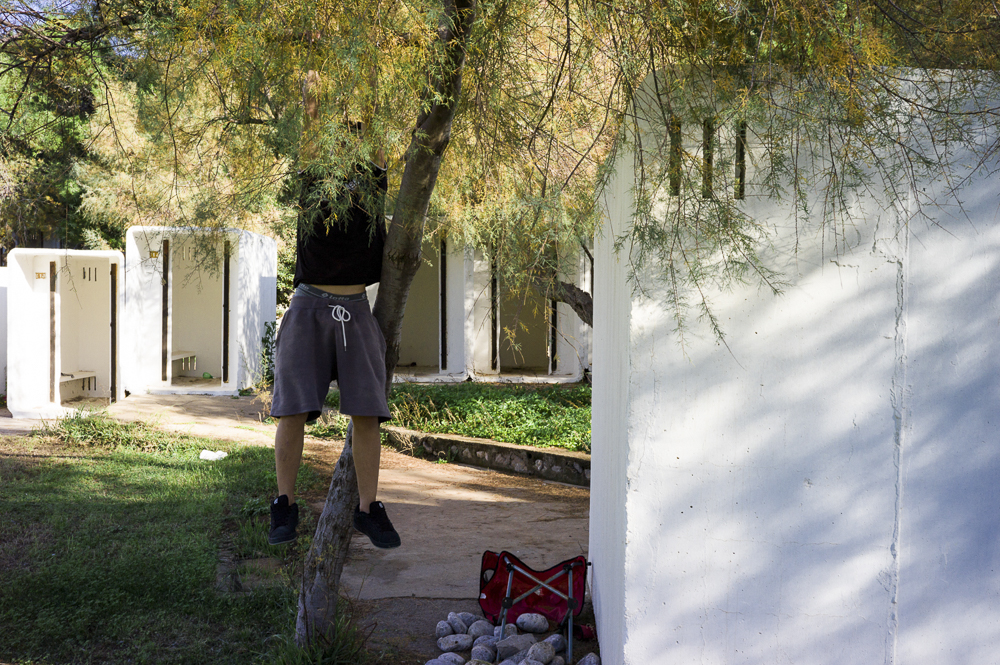
“Wearing” a Leica is definetely a kind of experience, especially for the first times you use it. You feel some kind of reverence about the camera, and you are very happy for the possibility to use it. This wasn’t the first time for me using a rangefinder, since I owned and happily used in the past a Leica IIIc, a Bessa R an a R4. So i had an idea on how to use it in the street: with zone focusing. This basically means that you set an aperture of f8-f11 and align the focusing tab on the most convenient setting for the subject you are going to shoot. For me it’s usually about 1.5m. If the subject is closer, turn the tab on the right; if the subject is far, turn the tab on the left. That’s all you need, and damn it’s pretty fast after you get used to, with little margin for focusing errors. All you have to do is to check the composition through the finder and press the shutter. Done. When you click the shutter, you feel a very nice sound, not so loud, and then a kind of rewinding mechanism that remembers a film camera advancing. This is the way I use the camera. Sometimes, i don’t even look at the finder and shoot by gut.
So: check/change the exposure, check the “zone”, frame, click. That’s all.
It is a very nice experience, but i will also try to find the negative sides of it.
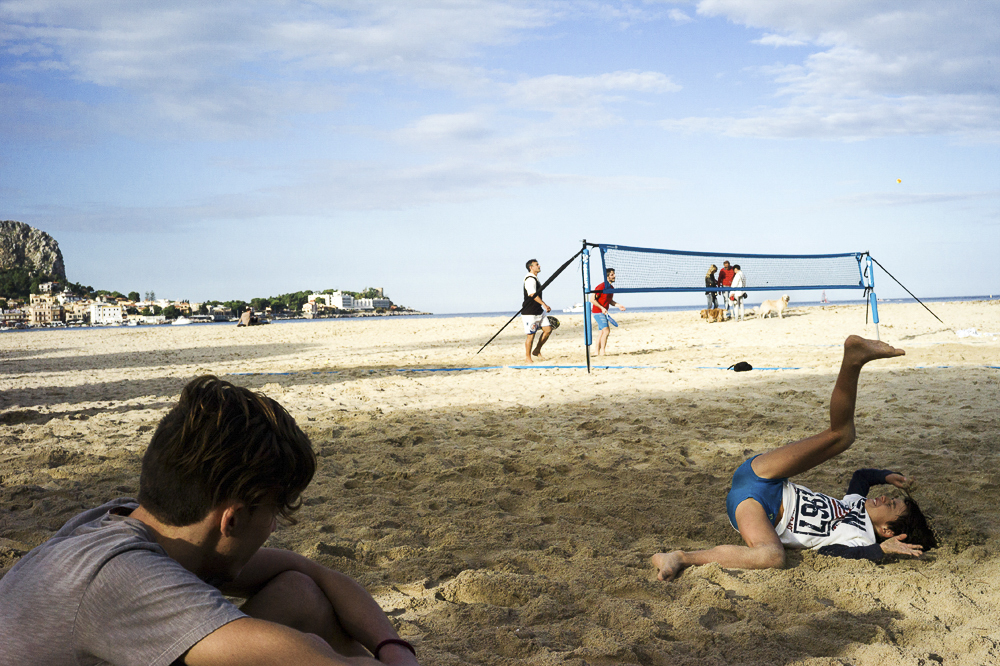
First of all, I noticed that sometimes the rewind mechanism is a little bit laggy. This means that after you make a shot, you will have to wait 1-2 seconds before you can shoot again. Of course this happens rarely, but can be very bad if you are living a “decisive” moment. The same story is about the buffer. M-E can shoot about 9 raw+jpeg files in a row, and then freezes until buffer is clear. So other precious seconds (and this can last lot of seconds) wasted in the middle of a scene. Another point is weight. It weighs! Of course it’s not a DSLR, but 600 gr + lens are not so unoffensive. Then LCD. The LCD sucks. As i said before, it’s not helpful at all, aside from setting the iso and checking the exposure trough the histogram. And remember, it’s not a silent/stealthy camera at all. The shutter makes some noise!
IMAGE QUALITY AND RAW FILES
Image quality is very good to me from 160 iso to about 640, good until 800 or even 1000 in the daylight. If we talk about night, better not going over 800. Raw files shows very rich and “punchy” colours, and a good flexibility – going one (sometimes two!) stop up or down in exposure is allowed most of the time. There is a lot of sharpness (of course this also depends on the lens you are using) across the frame. What i find annoying is that 95% of the time the white balance is messy, with a “cold” dominance that you have to fix during your post-production.
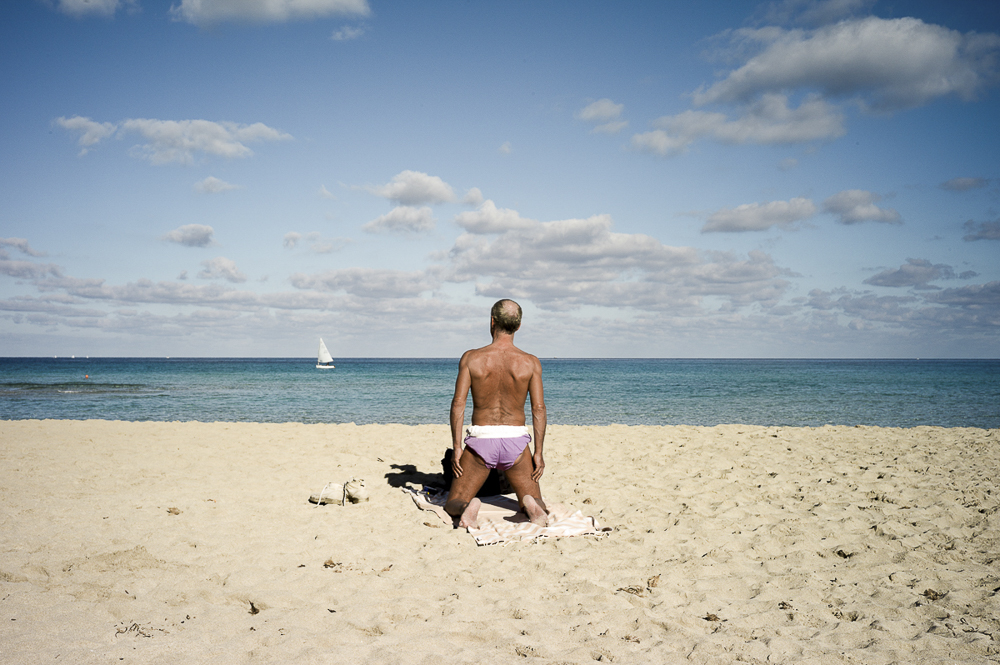
CONCLUSIONS
What i think is that the Leica M-E is the perfect “analogic like-digital camera“. I mean, if I wanted to use an analogic camera, let’s say the M6, i’d have to buy/process/scan film, spending money and mostly time. With M-E, i shoot with the same experience of a film M (except the rewinding lever) and i get good and easy to work raw files at the moment i come back home and put the SD on the PC. Also, if we compare to a film M, we should remember that colour film over 800 iso are mostly crap. So in that way of thinking, the M-E renders well in all the “spectrum” covered by a film M, and it’s perfect. But if we compare M-E to any other digital camera, for example a DSLR like Canon 5D Mark-something, i think there is a lot to improve.
I still have mixed feelings about the Leica M-E. On one hand, i like to use it, and i’m happy with the raw files i get; on the other hand i feel slower while shooting with it and at the end of the day i’m not sure I did take the best possible picture from that day. What I can say is that i still take out the Ricoh GR, and that I also shot with the GR a project i will publish soon. I just feel “better” when using my little GR!

Another statement: on this review i chose NOT to talk about the Leica price. I mean, if price is a “problem”, then Leica is surely not the best camera for you, since it doesn’t deliver anything magical than any other camera. It’s just a fucking camera. If price is not a problem, then you can choose to use Leica, but still it is just a camera. So if you are attracted by it, try it, and use it only if you really enjoy using it.
Please remember that outside there, in the real world, no one cares about the camera you used and the feelings you had when you show your work.
Cheers!
Other pictures i shot with my M-E:
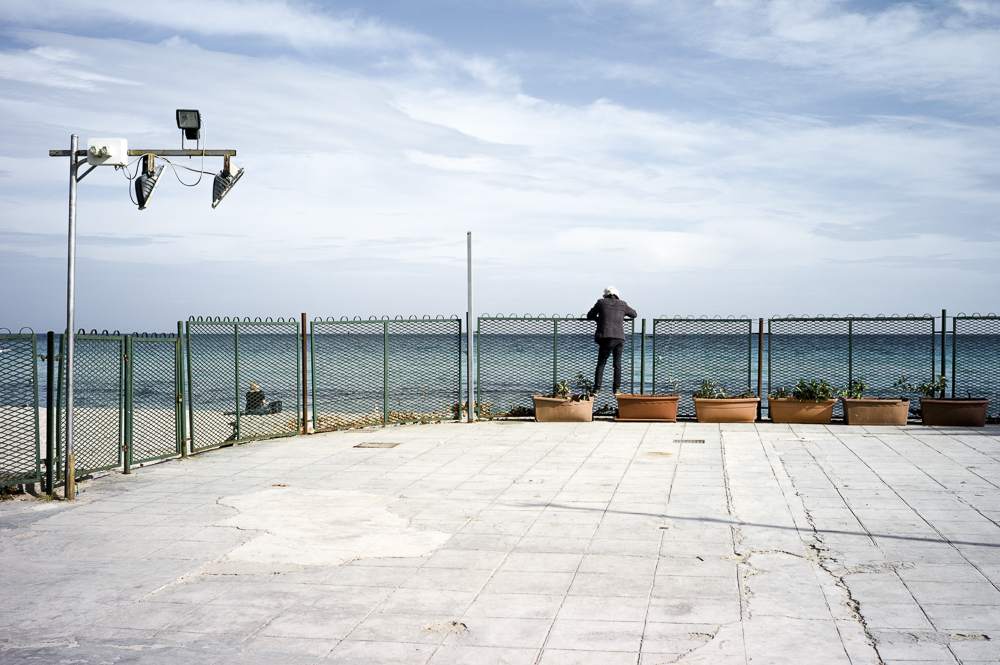
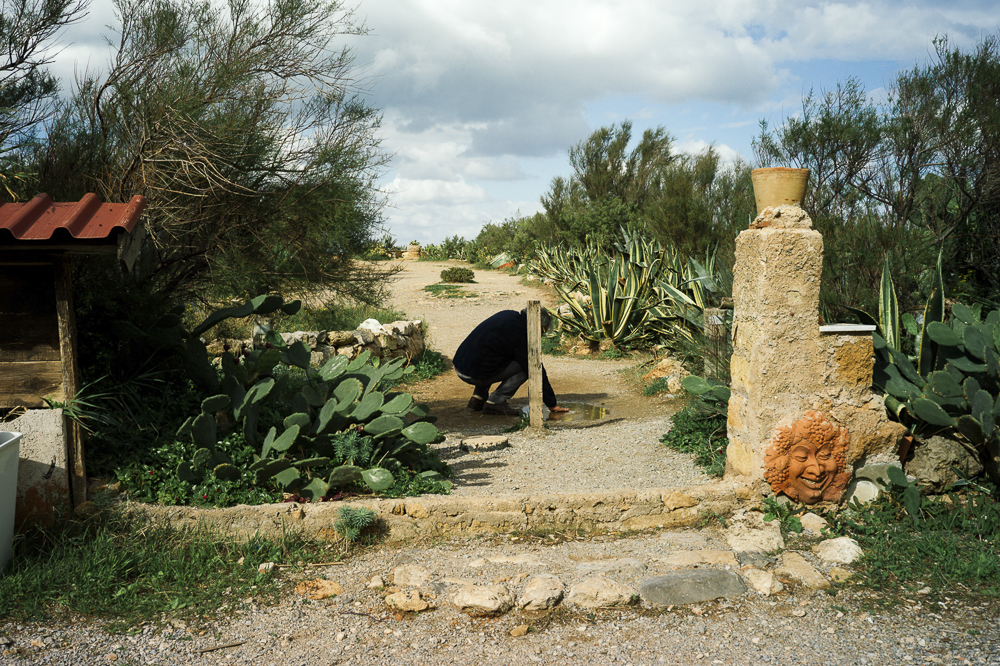
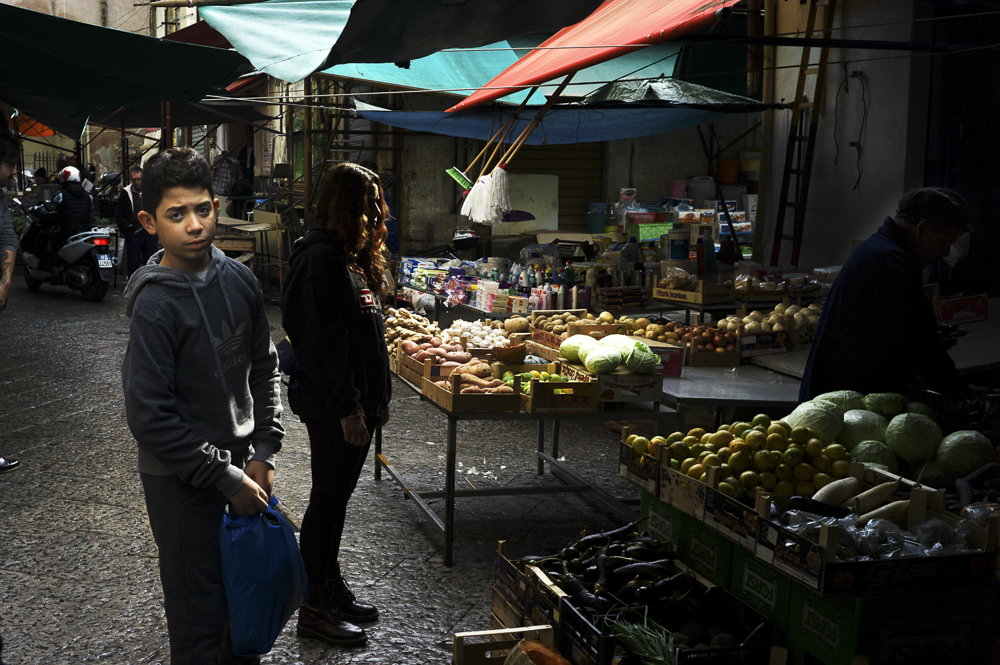

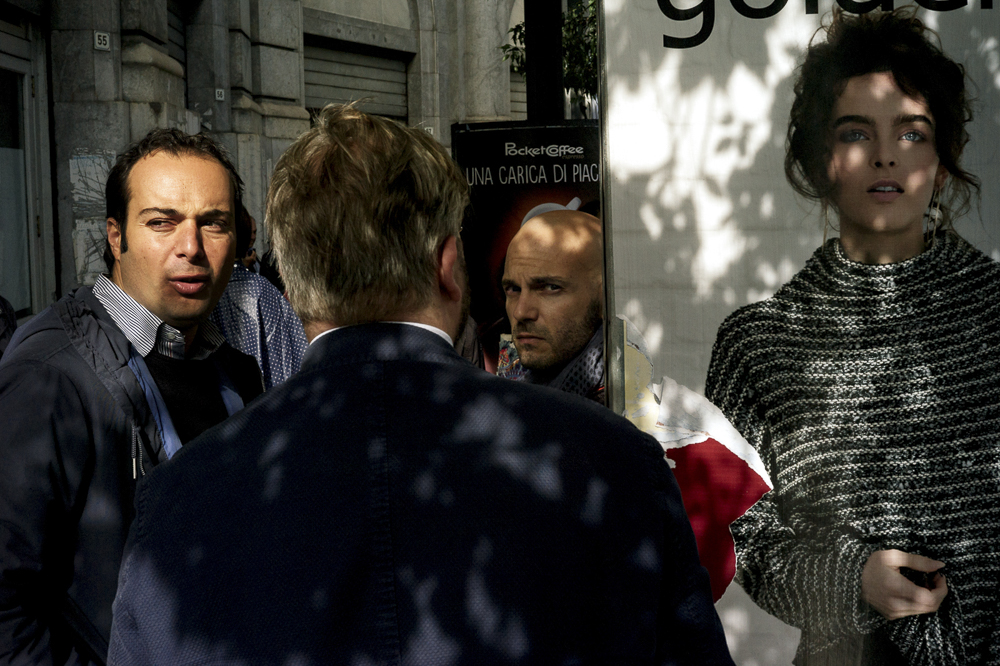
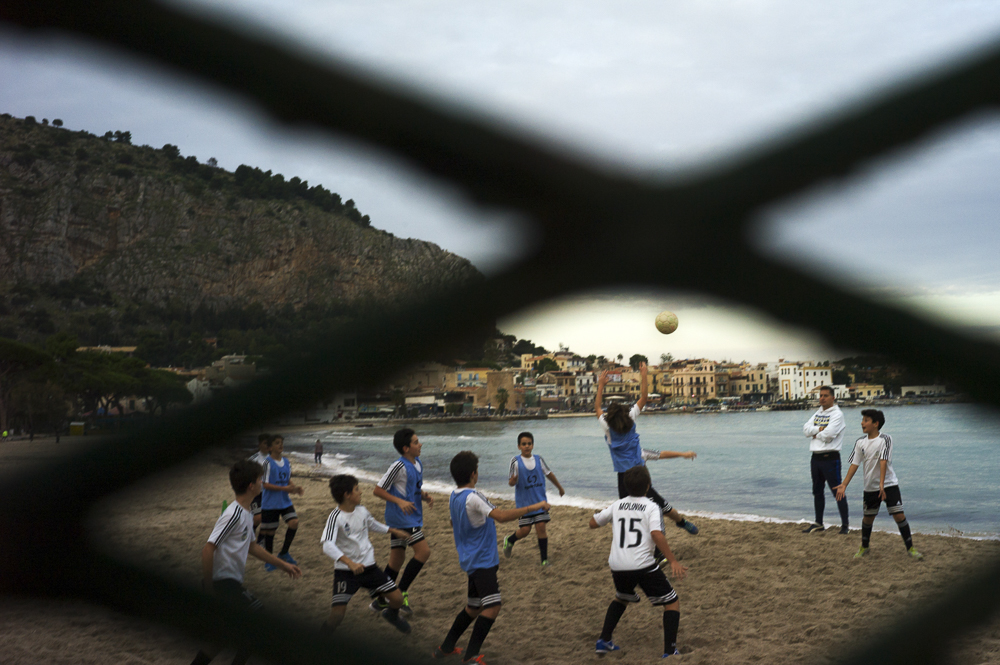
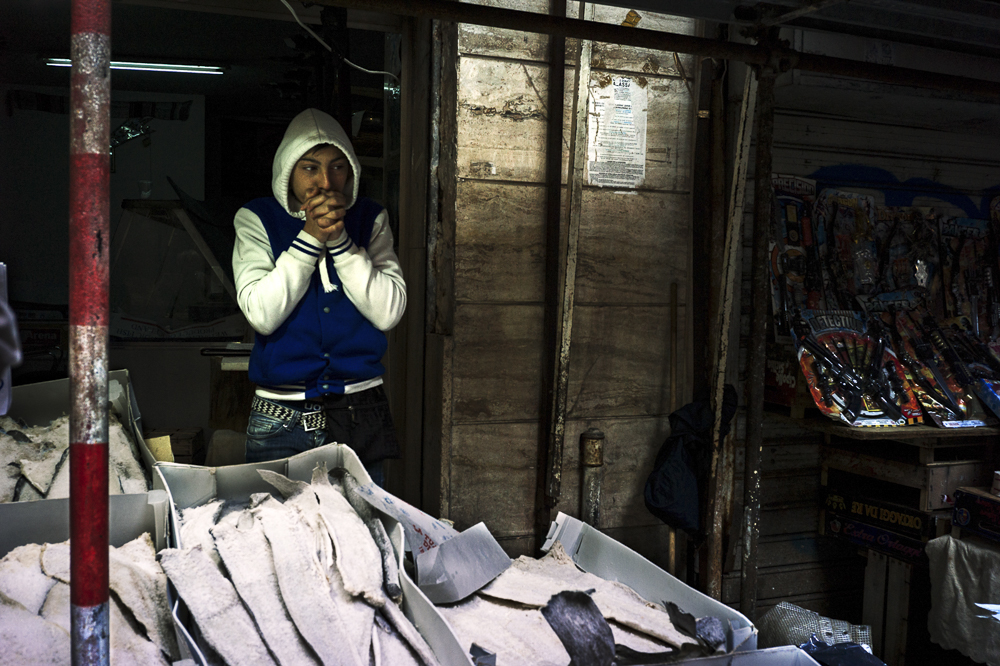

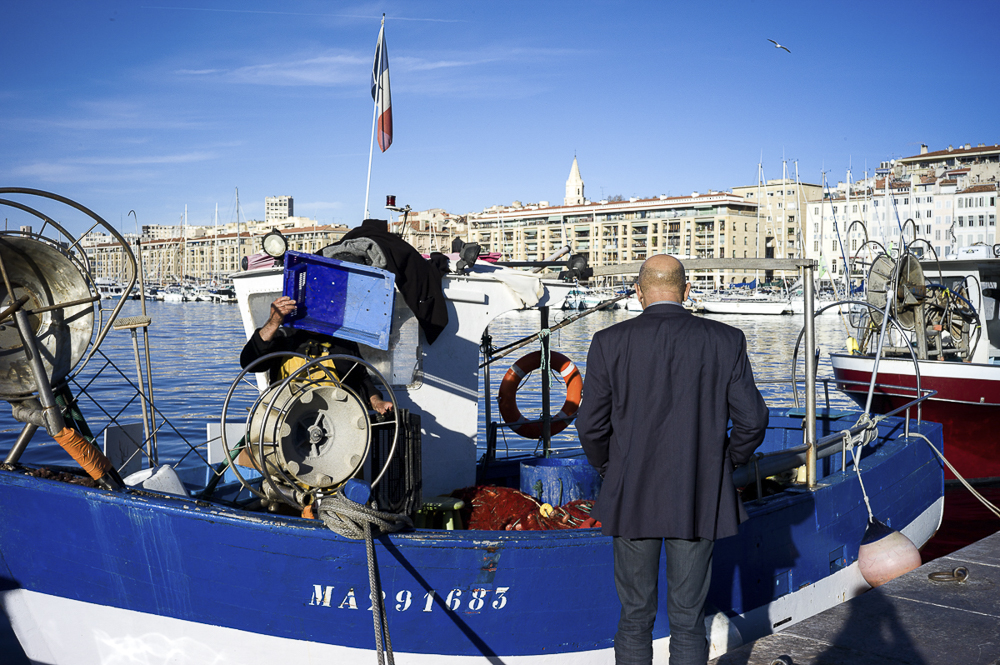
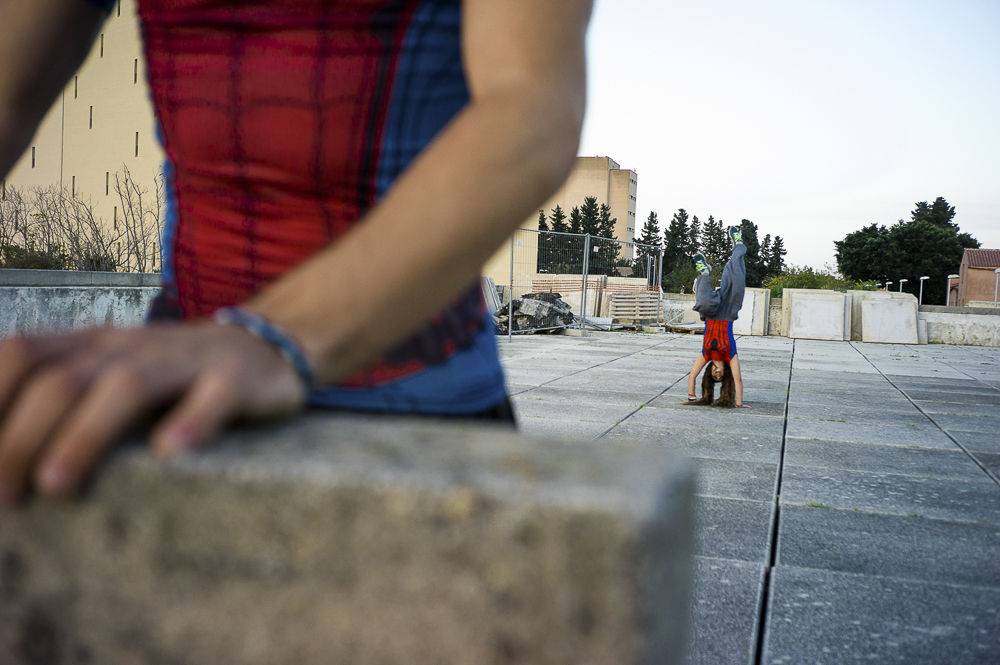
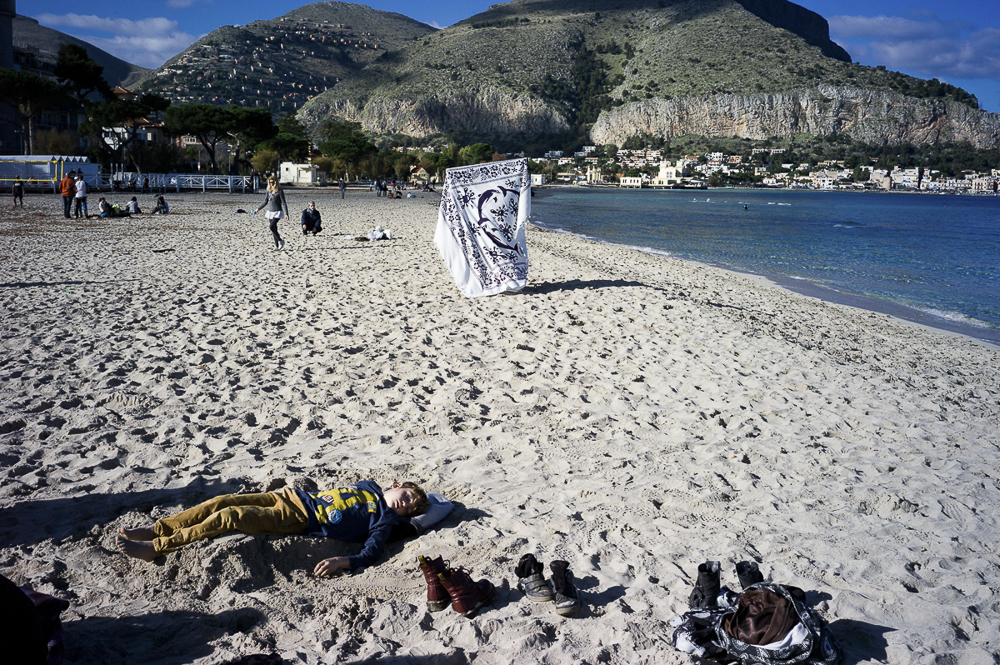
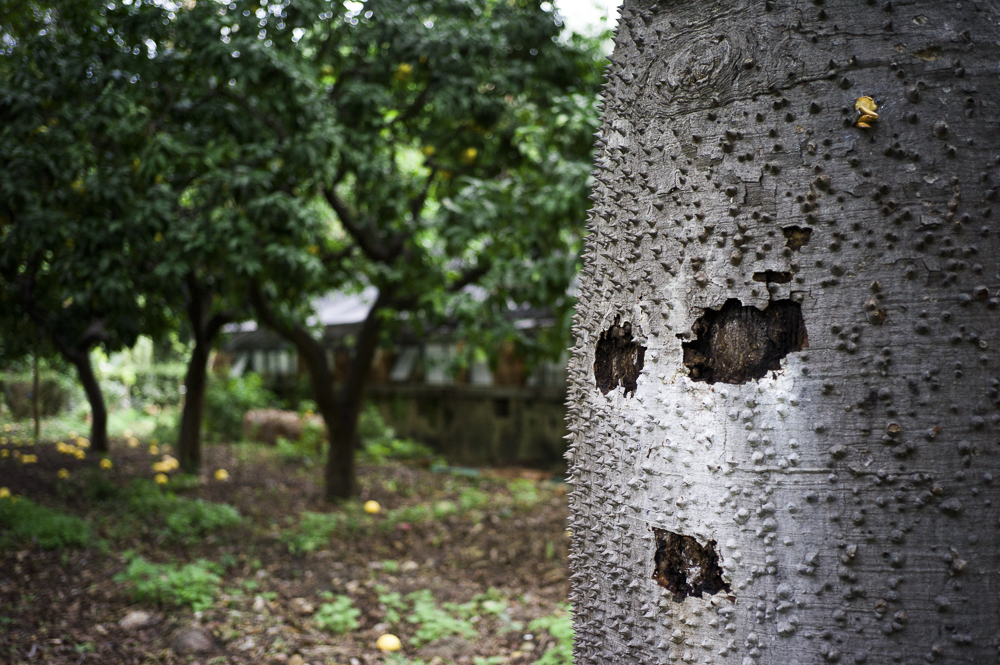
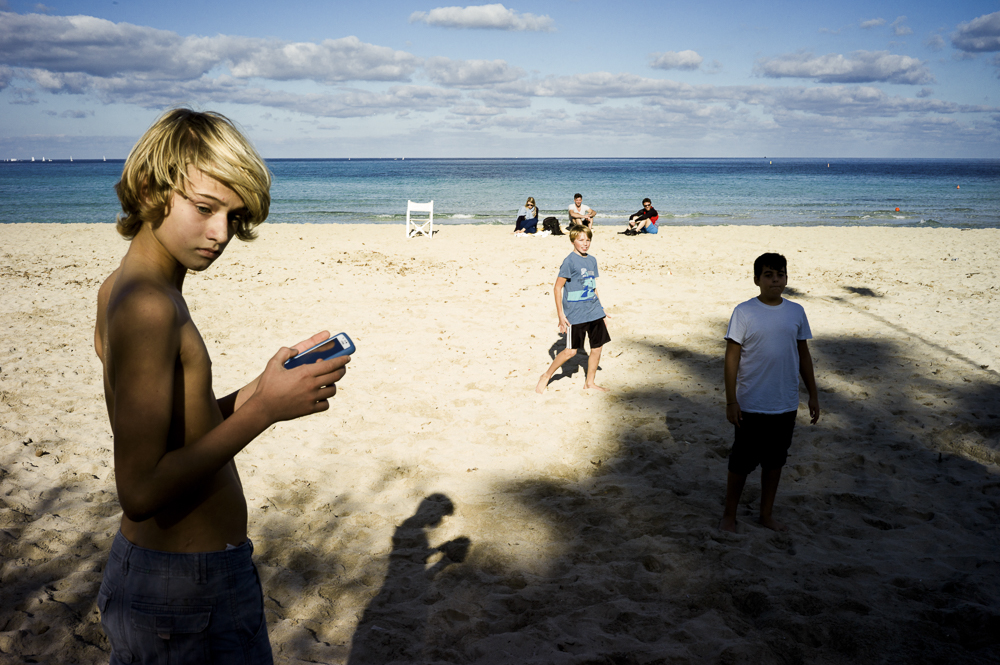
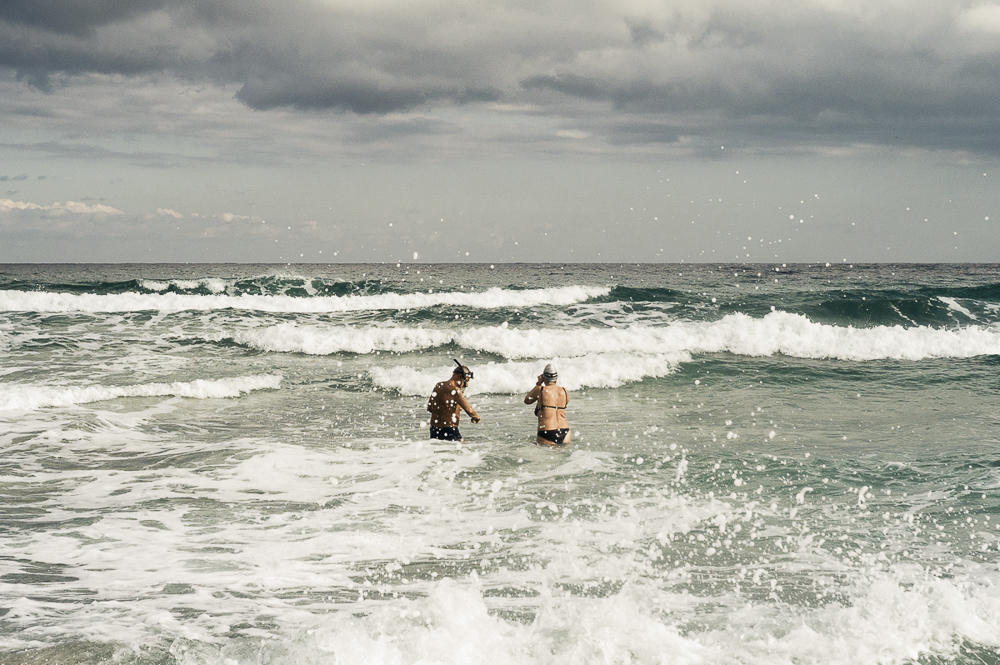
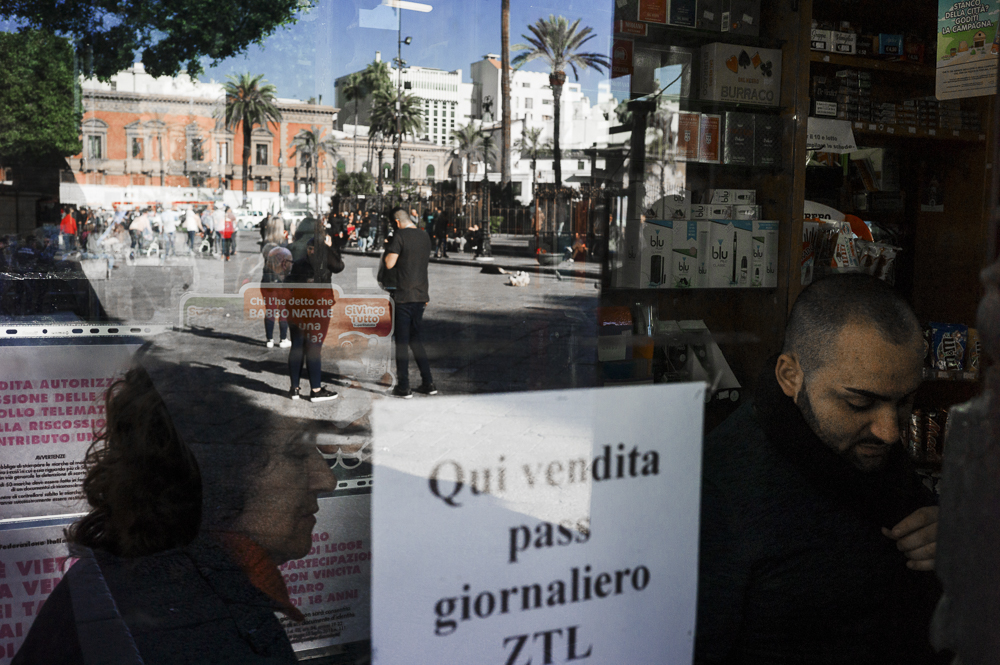

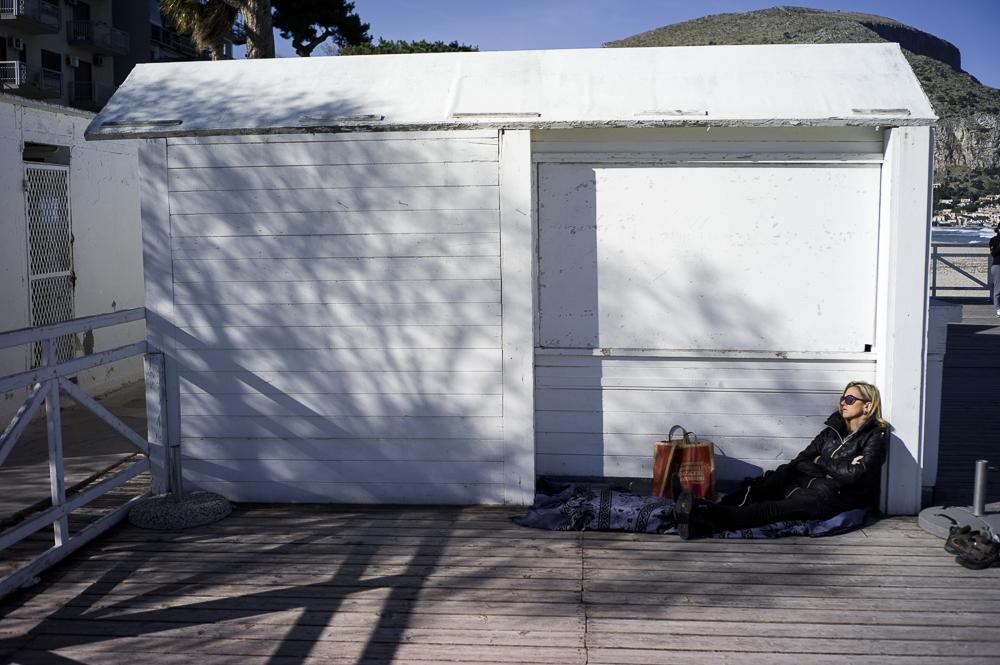
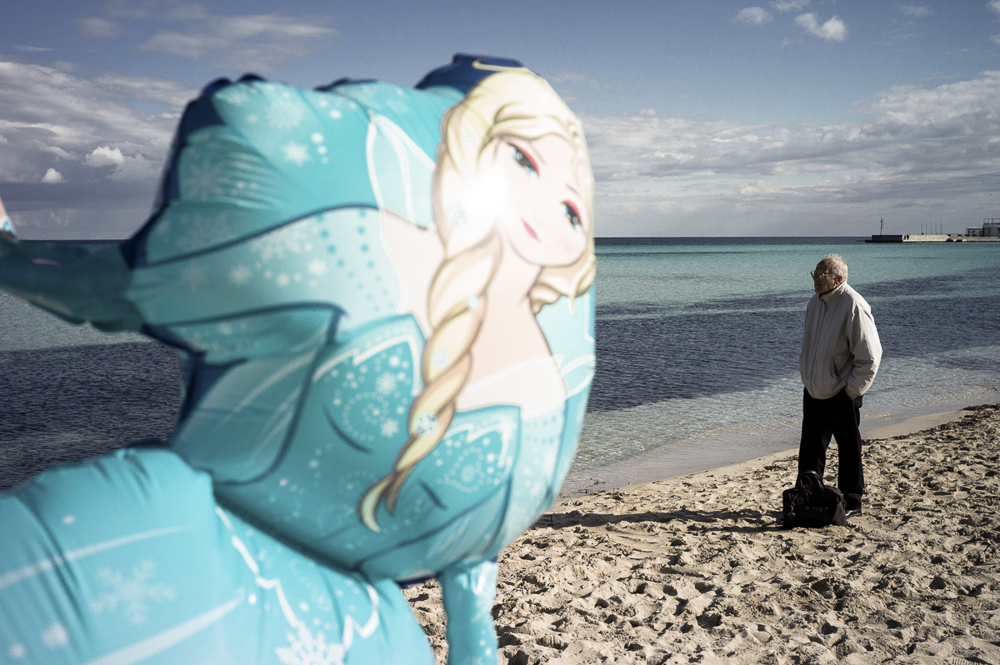
Very nice review, Giorgio! I won’t quit shooting film yet, but a Leica digital would then be my choice…. but for the price!
It’ s not the tech specs that make a great camera but the feeling you get for it and the pleasure you have using it.
Cheers
Frank
There is indeed a lot to be said about the feel of the camera in the hand – although I have always been more comfortable with a film body than digital.
And I think that price is important too. No matter how good a camera feels in the hand, if you are worried about theft or other damage you are distracted from the actual photography.
I have spent a lot of time in the last year photographing fringe criminal activity, mainly using an old beat-up GR plus an old u4/3 camera when closeup is not viable. My M7 goes no where near these people…
You all use those GR’s! What about the reliability. I heard lots of bad things. Dust issues, lens motors breaking…. I had a film GR1 just last month, perfect camera but it broke some days ago after just 5 rolls of film….
Frank, didn’t own any film GR, but yes, i’ve heard bad issue about them. The digital ones are pretty reliable i think.
Who knows, perhaps one day I’ll cross to the dark (digital) side😉
Why not try! 😉
Did try…. several times but didn’t get the same satisfaction as with film. Tried Fuji X100, X-E1, X30…
Yeah i can understand you. It’s a different process, especially AFTER you shoot.
…and Fuji X10 and X20. Of all I liked the X10 results best!
I agree. Don’t know why, but the X10’s colour are very very filmic…
Yes! And b&w from that camera looks great
And i also remember a very good handling!
Ciao Mark and thanks for your insights. I think that it’s difficult to “talk” about feelings in the hand. Probably, as you stated, a film M feels more “smooth” than a digital one. Don’t know if it’s for the different curtain or for the film advance lever, but i had the same feeling. BTW the most important point in your comment is probably the one about price. Yeah, you are true. How the hell does a camera that gives you “magic feelings” serve you if you are scared to take it to *any* place you want to? Does it make any difference from not owning any camera? And if you are not going in any dangerous place, does having “this” kind of camera distract you from “real” photography? I think there’s much to talk about…
Peace,
Giorgio
Ciao Frank, and first of all thanks for stopping by and commenting. As you say, a digital Leica is very similar to an analog one. It just differs for the SD card instead of a roll of film. And I agree that feelings are important, but…aren’t the images we get at the end of the day more important?
I think this could be a good conversation thread 🙂
I found I make my best photographs with cameras that feel good! The Olympus XA2, the Leica IIIa, and my defunct Ricoh GR1… If course the photos are the final aim, but the way is important too.
Nice review!
Thank you, mate!
Thanks for stopping by 🙂
Nice review and some cracking images it certainly has a distinct colour signature but so do Olympus and many other brands. I also think buying into this means using Leica glass as that’s the unique selling point. The trouble is you then drop some serious dollar, the upshot is the lenses will retain a large amount of value the body methinks not. I guess like all things of you’ve got the money to spend and it’s not going to bankrupt u go for it but like you said there’s an awful lot of choice out there which would dare I say beat it on many counts.
Ciao mate and thank you for reading and writing your thoughts here. I agree about colour signature, bust i must also state that the colours you see are done by some particular presets i created in lightroom and they differs from the original raw file straight from the camera. Then i can say that i use a cheap voigtlander lens and…wow, it is a champion! Have a nice day.
“95% of the time the white balance is messy”. Does the camera let you set white balance by Kelvin? I have my Fuji X-Pro 2 set at 5600K for almost every outdoor daylight shot. It usually comes out well, and it seems to adjust more easily than auto WB.
Ciao Chazz, thank you for your insight. It is very interesting, i Will try! Until now i Just used the auto WB. Grazie!
Great review. A Leica M digital is just another camera. You are so right! I HATE that Leica M need RAW. It slows the digital hope. I shoot on a P/S compact (Canon PowerShot or cheap Nikon). I can go straight to a desk monitor at a Lab, do small adjustments and Print! JPEG is the way. If one needs RAW, go to film and archival. My M3 (50 years in my service) is a wonder, a friend, companion, co-conspirator and a joy to make images. No other camera feels the same.
Ciao Jason, and thank you for reading and for spending your time writing your thoughts here. I can get what you meen. A film M Will always be there with you, always ready, with the possibility of being easily CLA’d if needede, until film Will be available. And i agree that M3 is a special M, especially when paired with a 50mm lens. Btw raw files are a good way to control the photographic process at home, right in your PC. Of course, if JPEG were better and ready to Print, all the Digital Leica owners would be far happier. Have a great day!
Your images look heavier than usual. It’s might because of you are not used to moving around with the Leica yet, or the simple fact that the M-E is a heavier camera.
When using the GR I found myself stretching my arm out all over the place trying to take advantage of the LCD. When using a medium format camera I took all the slow, calculated shots…with fewer movements happening in there.
Maybe what Araki said is true. If we’d like to change our photography, change our camera…
Ciao Archlich and thank you for stopping by and writing here your thoughts. Yours is a truly interesting opinion. I feel i can really understand what you mean with “heavier”, and i can totally feel while i’m shooting. Of course M-E is a heavier camera and makes you shoot in a different way than using a GR. Great quote by Araki too. Let’s keep in touch! 😉